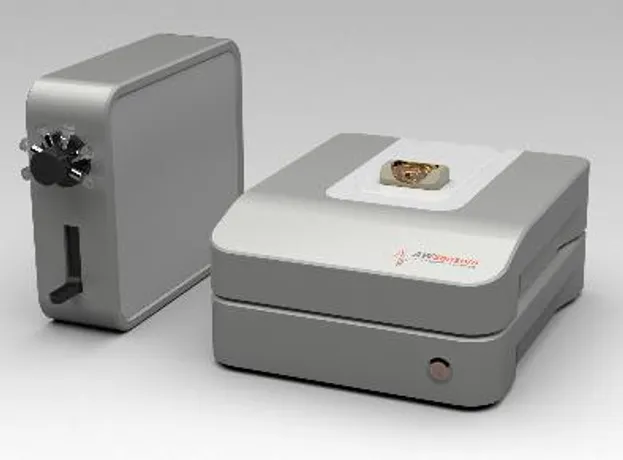Product Overview
The AWSensors X1 Single Channel QCMD System represents the first in the nanosensing race, delivering the fastest and most sensitive QCMD instrument available on the market today. This advanced system combines superior sensitivity with rapid data acquisition capabilities, making it ideal for a wide range of scientific applications.
Main Features
The X1 system offers superior sensitivity compared with current market instruments and provides the fastest data acquisition rate available. It supports multiple overtones measurements up to the 13th overtone for a 5MHz sensor, with simultaneous electrochemical integrated measurements capability.
The system features a space-saving and lightweight design with modularity that allows flexible solutions for various budgets and applications. Its versatile design enables measurements with classical and High Fundamental Frequency QCM as well as LOVE-SAW sensors.
Applications and Capabilities
The system excels in studying material properties, biomolecular interactions, protein and immunological systems, and lipid systems including removal of lipids. It supports deposition and dissolution studies of metallic layers, polymer and bio-polymer systems analysis, and living cell systems research.
Additional applications include electrodeposition and corrosion processes, detection of environmental pollutants including pesticides, toxicity evaluation and ecotoxicity studies focusing on biofilm formation, and quantifying cleaning process rates and stain removal effectiveness.
Specialized Research Applications
For nucleic acid systems, the instrument enables DNA and RNA hybridization studies with detection of mismatches and very low quantities in samples. It supports nucleic acids interactions with larger molecular systems including protein complexes.
In protein and immunological systems research, it provides label-free and real-time evaluation of protein-protein interactions, including protein-protein affinity studies, protein aggregation analysis, and antibody-antigen immunosensor applications. The system also monitors protein interactions with membranes and surfaces, enzymatic activity, and protein conformational changes.
For living cell studies, the system enables real-time monitoring of cell attachment and spreading onto functionalized sensor surfaces, morphological changes, and cell detachment as indicators of cell death, making it valuable for drug screening and biocompatibility studies.

